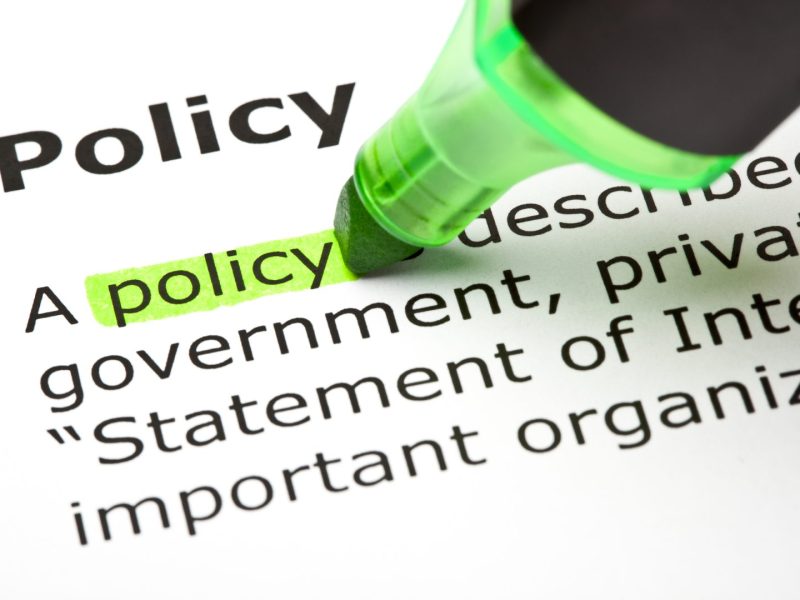What is the Model Litigant Policy?
According to NSW State Government sources:
“The Model Litigant Policy is designed to provide guidelines for best practice for government agencies in civil litigation matters. It is founded upon the concepts of behaving ethically, fairly and honestly to model best practice in litigation. Under the policy, government agencies are required to:
· Deal with claims promptly
· Not take advantage of a claimant who lacks the resources to litigate a legitimate claim
· Pay legitimate claims
· Avoid litigation
· Keep costs to a minimum, and
· Apologise where the State has acted inappropriately.”
[Source: Department of Communities and Justice Website, last accessed 29 June 2022 – a copy of the policy is available on this website]
When did the Model Litigant Policy come into effect?
The Model Litigant Policy (the policy) was adopted by all NSW government agencies on 8 July 2008 and was revised in July of 2016.
Do NSW State agencies/departments follow the policy in civil litigation?
In our experience, the answer is “no”.
We have acted in compensation claims against various NSW State agencies/departments, including the Department of Communities and Justice, NSW Police Force, the Department of Education and various Local Health Districts (which manage our public hospitals).
In our experience, NSW State agencies and departments do not generally follow the policy and actually tend to ride roughshod over it in civil litigation – not just in terms of failing to observe the general purpose and intention of the policy, but also by way of breaching the specific obligations imposed on them by the policy.
In a recent matter against the Department of Education, we asserted that it had breached all of the following parts of the policy:
· sections 1.4, 2.1, 3.1, 3.2a), 3.2b), 3.2c), 3.2d), 3.2e) (I and II), 3.2f), 3.2g), 3.2k)
Ultimately, the Department of Education admitted liability in that matter (following eight months of avoidable and costly litigation) only to then strenuously defend the matter in terms of the damages claimed. In our view, the matter could and should have been settled prior to the commencement of court proceedings and demonstrates wastage of taxpayer-funded government resources.
What can be done about this?
The policy itself is seen by some as a bit of a “toothless tiger”, however, we consider that NSW courts can and should be awarding indemnity costs to plaintiffs (i.e. the State pays 100% of their legal costs and disbursements) in cases where they can demonstrate breaches of the policy resulting in unnecessary time, stress and expense for all parties.





